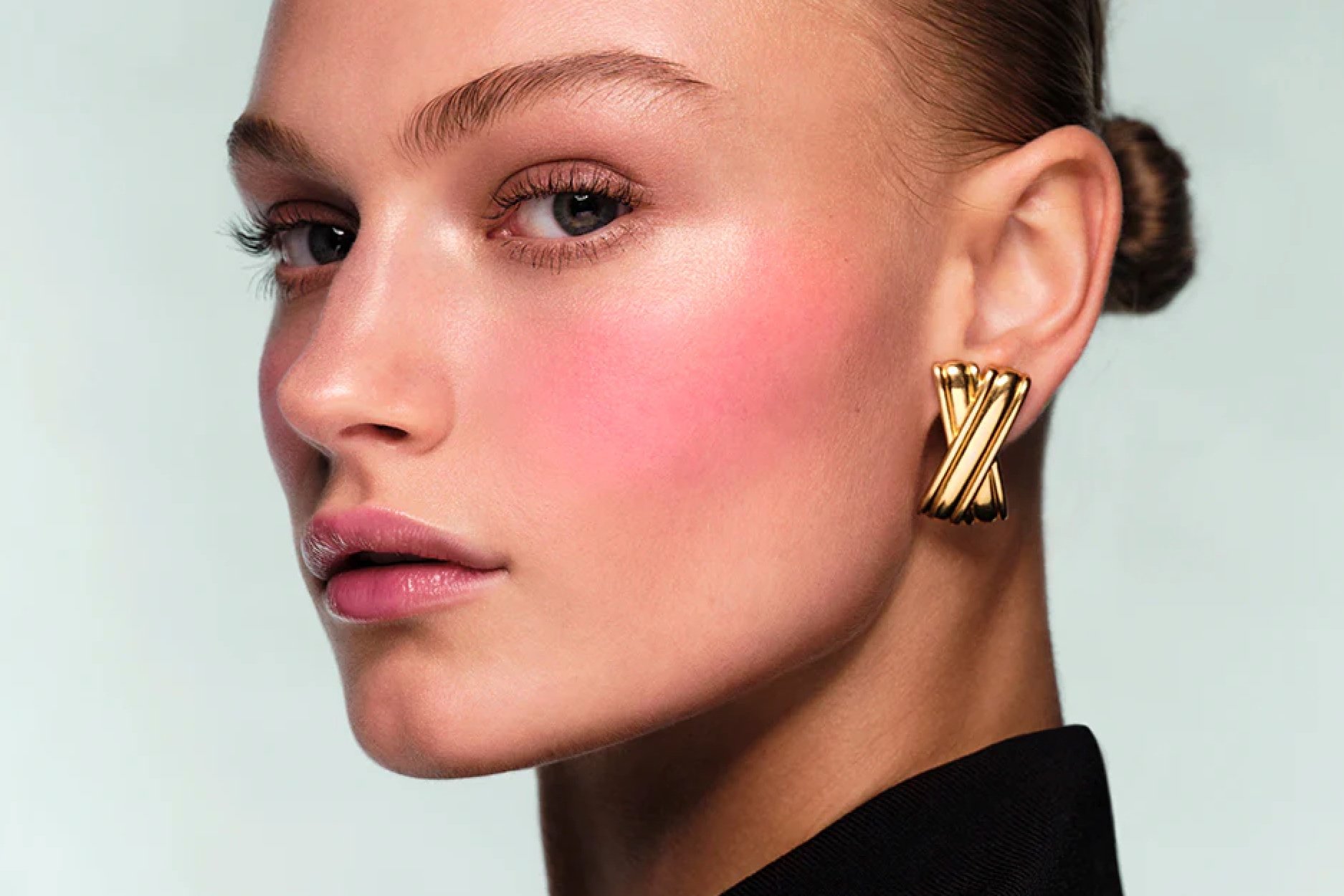How to Relieve your Child's Hay Fever
While many people are excited about socialising again, those who have children who suffer with hay fever may find it problematic now that most of our time is being spent outdoors.
Hay fever in children and in babies is very common, and it can affect them just the same as adults so it’s important that you know how to best prevent allergic reactions from occurring as well as ways to quickly relieve symptoms. Here, Dr Giuseppe Aragona, GP and online doctor for Prescription Doctor reveals his tips for ensuring your child and baby is comfortable this hay fever season.
Preventing allergic reactions in children and babies
Try to avoid exposing your baby and child to pollens during spring and early summer, this is easily said than done of course but this is the best way to prevent any unwanted allergic reactions. Avoiding the heat of the day is advisable as this is when the pollen count can peak, taking your baby or child out early morning or for a late afternoon evening/stroll would be better as this is less likely to trigger any allergic reactions.
Before you head out the door, ensure you have everything you need should an allergic reaction occur such as tissues, a flannel so you can wash your babies/child’s face and child friendly antihistamine medication. You may also want to bring some anti reaction cream should you need to apply to their skin throughout the day.
Dabbing a spot of child friendly nasal balm such as Vaseline or petroleum jelly on the nasal passages of your child and babies’ nose may help to prevent allergic reactions as the pollen particles will stick to the jelly as oppose to heading up the nose and causing a reaction. Be careful that you don’t apply too much so its uncomfortable, sticky or makes it harder to breathe, just a dab around the nose will work.
Make sure your child and baby are wearing light, airy clothes but that they have their arms and legs covered. This will prevent any skin reactions as sometimes children may have itchy skin from the pollen particles and will be tempted to itch. I would also advise bringing a soothing cream for skin conditions such as eczema, as this will work nicely if your child starts to itch.
If your child or baby will let you, put a pair of sunglasses on them, wrap around ones if you can as these will protect their eyes against pollen particles. You can buy child and baby sized sunglasses from many places.
Keep your baby and child away from garden and parks if they suffer badly with reactions as this is where most of the pollen will be due to cut grass and pollen on the trees.
Keep an eye on the daily pollen count, if it is particularly high you may want to avoid heading outside and wait for another day.
How to relieve symptoms
If your baby or child starts to show symptoms of hay fever, you should rinse a flannel in cool water and wipe their face to remove any pollen that may be on their face that will cause further irritation. Brining a flannel out with you is advised so you can take it into the café or restaurant and keep your child comfortable.
Change your baby/child’s clothes and wash their hair as soon as you’ve been outside as this will remove any trapped pollen that could transfer to their cot/bed and could mean they continue having reactions whilst in bed.
Give your child/baby child friendly Antihistamine medication as this will work to quickly relieve the initial symptoms, you may find nasal sprays and eye drops for children also.
Give any pets who have been outside a clean to remove any trapped pollen, if your child plays with the pet this pollen will transfer back to them
You may find that you want to wash any linen or your babies bed sheets to ensure no pollen has attached itself to these, this can also happen if a window is left open as the pollen is able to come through.























